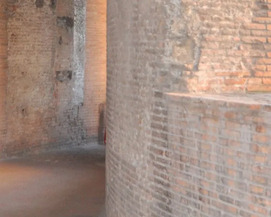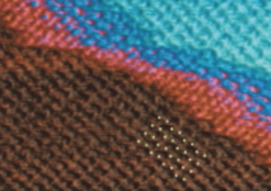Historic Concrete Science: Opus Caementicium to “Natural Cements”
The history of mineral components in cementitious materials begins with clays and bitumen in the most ancient mortars, followed by gypsum- and lime-based plasters, mortars, and concretes. Romans perfected the fabrication of extremely durable mortars that form the basis of audacious architectural monuments in Rome, massive harbor constructions, and water-proofed cisterns in the Mediterranean region. During the industrial revolution, “natural cements” were developed through the burning of impure limestone or Si- and Al-bearing materials blended with pure limestone. Delving into the past of concrete science and the composition, durability, and resilience of historic binders, mortars, and concretes can inspire the development of modern environmentally friendly cementitious materials.
Historic Concrete Science: Opus Caementicium to “Natural Cements” Read More »



